Computer का History (Hindi में)
कंप्यूटर का इतिहास (History) कई stages से develop हुआ है। इसे अलग-अलग phases में समझा जा सकता है:
—
1. Early Developments (शुरुआती विकास)
Abacus:
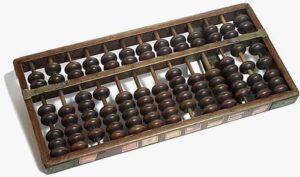
ये पहला calculating device माना जाता है, जिसे 3000 B.C. में बनाया गया। इसे beads और rods की मदद से simple calculations के लिए use किया गया।
Napier’s Bones:
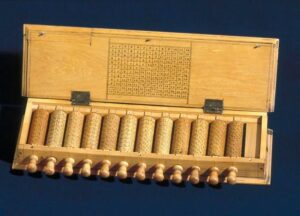
1617 में John Napier ने इसे develop किया, जिससे multiplication और division आसान हो गया।
Pascaline (1642):
Blaise Pascal ने पहला mechanical calculator बनाया, जो addition और subtraction करता था।
Difference Engine:
Charles Babbage ने 1822 में इसे design किया। इसे पहला automatic mechanical computer माना जाता है।
—
2. First Generation (1940s-1950s)
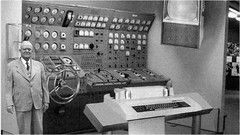
Technology Used:
Vacuum tubes का use हुआ, जो electronic circuits को चलाते थे।
Features:
बहुत बड़े (large) और धीमे (slow) होते थे।
Programming के लिए machine language use होती थी।
Examples:
ENIAC: यह computer ke history ka sabse पहला electronic general-purpose computer है। इलेक्ट्रॉनिक तकनीक का इस्तेमाल करने वाला पहला कंप्यूटर ENIAC था , इसे चार्ल्स बैबेज ने साल 1822 में बनाया था ।
UNIVAC: पहला commercially available computer।
—
3. Second Generation (1950s-1960s)
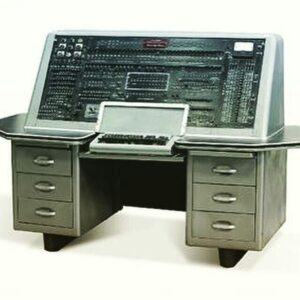
Technology Used:
Vacuum tubes की जगह transistors का use हुआ।
Features:
ये smaller, faster, और ज्यादा reliable थे।
High-level programming languages जैसे FORTRAN और COBOL का इस्तेमाल होने लगा।
Examples:
IBM 1401।
CDC 1604।
—
4. Third Generation (1960s-1970s)
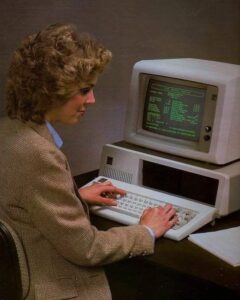
Technology Used:
Integrated Circuits (ICs) का use हुआ।
Features:
Size और cost कम हो गई।
Computers faster और efficient हो गए।
Examples:
IBM 360 Series
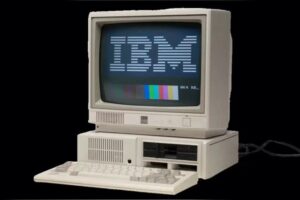
—
5. Fourth Generation (1970s-1980s)

Technology Used:
Microprocessors का use शुरू हुआ।
Features:
Personal Computers (PCs) का विकास हुआ।
GUI (Graphical User Interface) का इस्तेमाल हुआ।
Examples:
Intel 4004 Processor।
IBM PC।
—
6. Fifth Generation (1980s-Present)
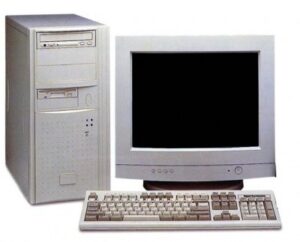
Technology Used:
Artificial Intelligence (AI) और Machine Learning का use।
Quantum Computing और Cloud Systems का development।
Features:
Faster processing और real-time applications।
Smartphones, IoT devices, और advanced AI systems।
Examples:
IBM Watson।
Google DeepMind ।
Conclusion (निष्कर्ष)
- Computer का history technology के development का एक extraordinary example है। आज की दुनिया में AI-driven और Quantum Computing का जमाना है, जो हर sector को transform कर रहा है।

Leave a Reply